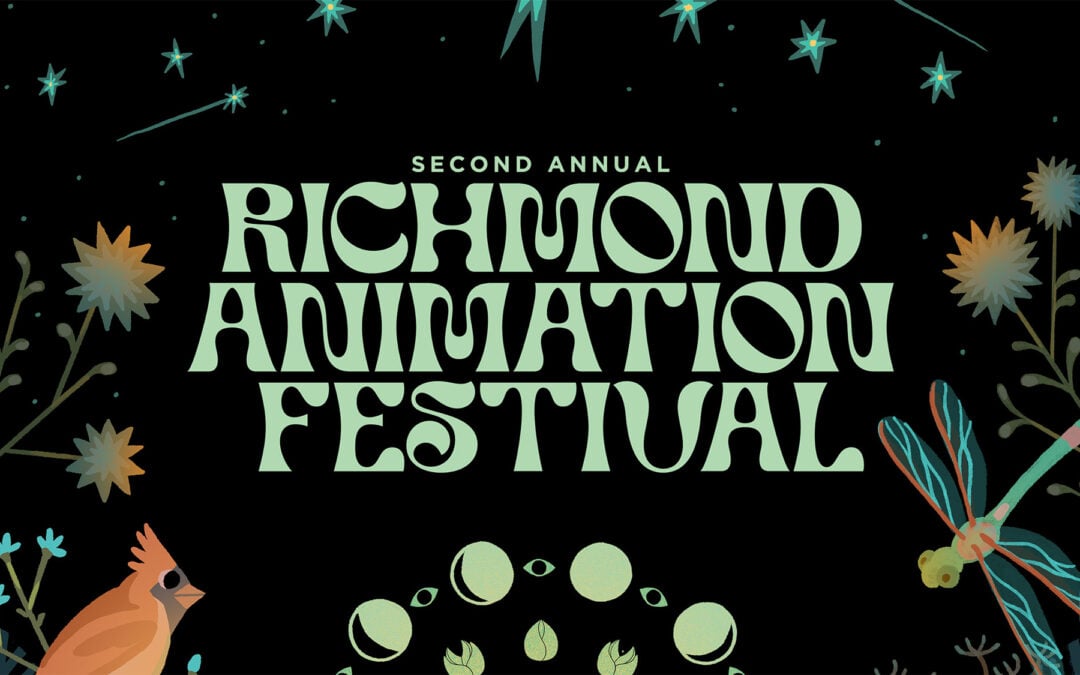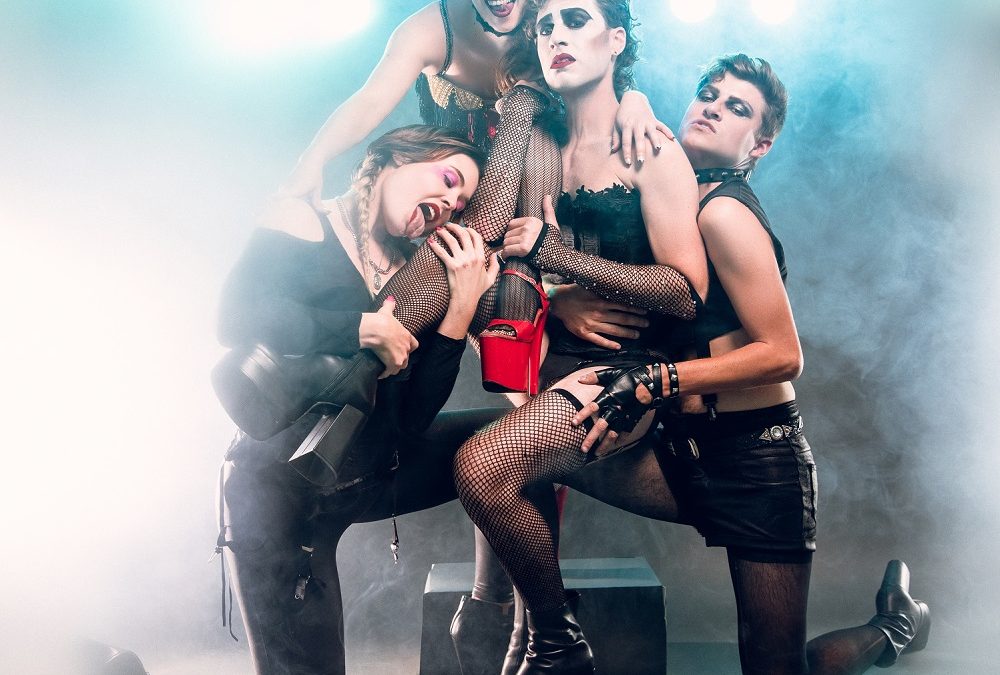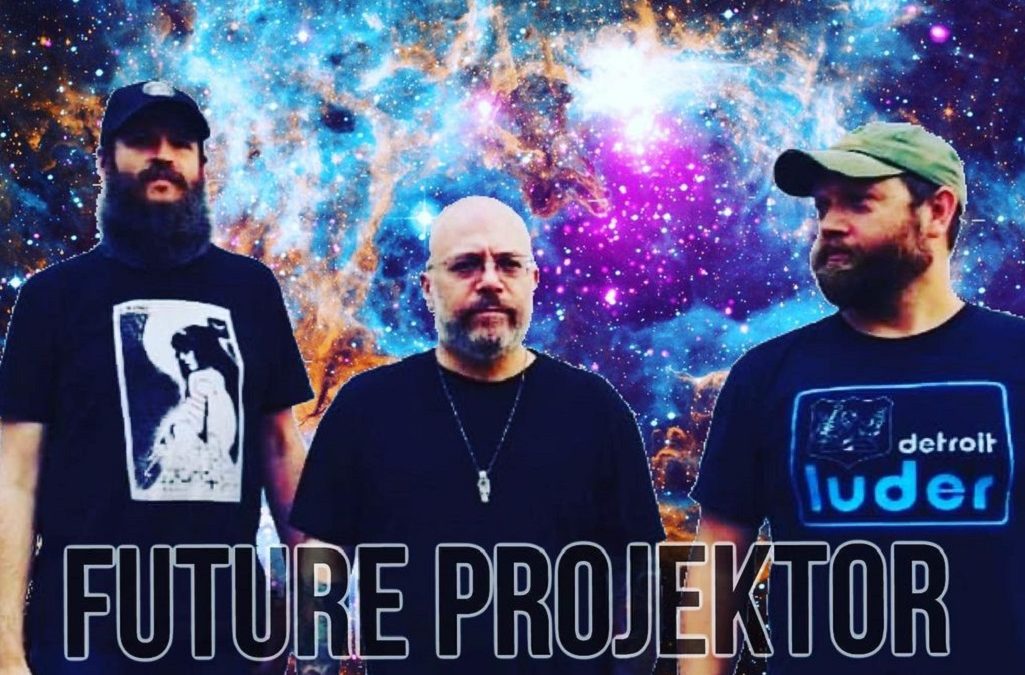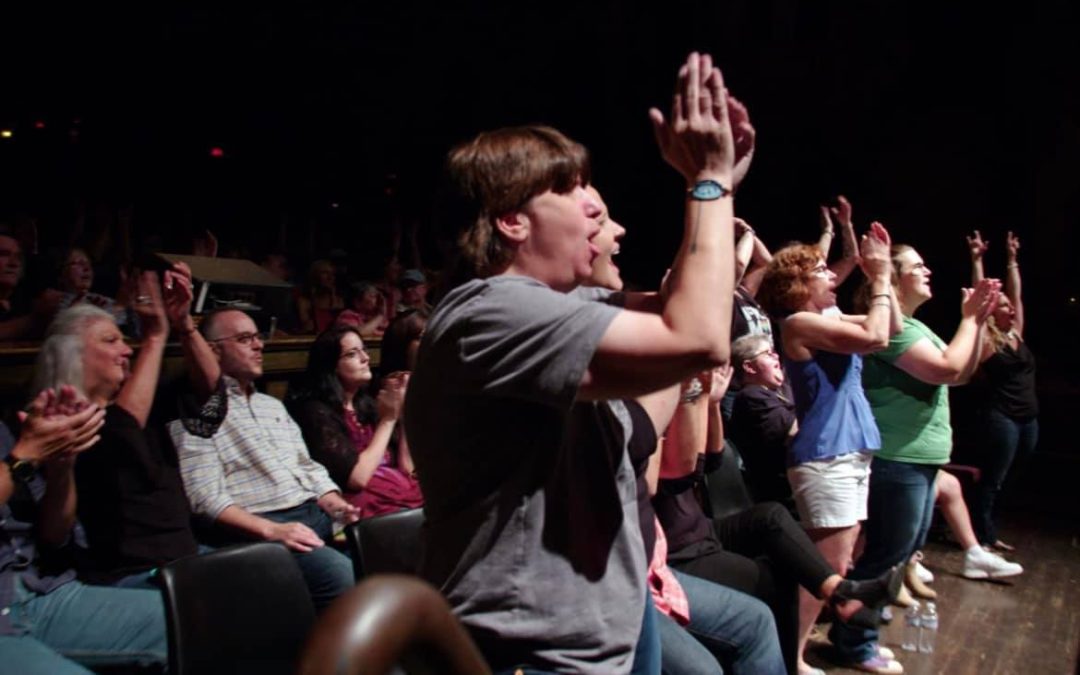Dive into the vibrant world of animation at the 2nd Annual Richmond Animation Festival, set to captivate audiences at The Byrd Theater on April 28th. This year's festival promises an eclectic mix of short films, showcasing talents from around the globe, including a...





